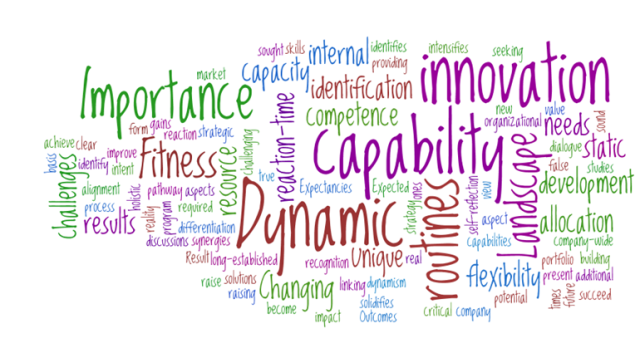I’ve been reading through the PwC report “Breakthrough innovation and growth”, a survey of 1,757 C-suite and executive respondents, on their thoughts on innovation.
The top line news is how companies are seeing innovation transforming their businesses and their need to take a more sophisticated approach to innovation, so as to achieve the growth plans they are setting for the next five years.
PwC are suggesting there is an innovation transformation under-way: “Companies are changing the way they innovate“. They further state that “innovation is becoming a competitive necessity, if it’s not, then executives need to be asking themselves what they could do to improve their innovation process.”
All I am providing here are my initial takeaways from a report I would recommend does provide really good value in working through. It seems innovation is becoming far more the central driver of the organization’s agenda than in the past, where geographical expansion along with mergers and acquisitions were more dominating. Continue reading “PwC’s report on breakthrough innovation and growth”


